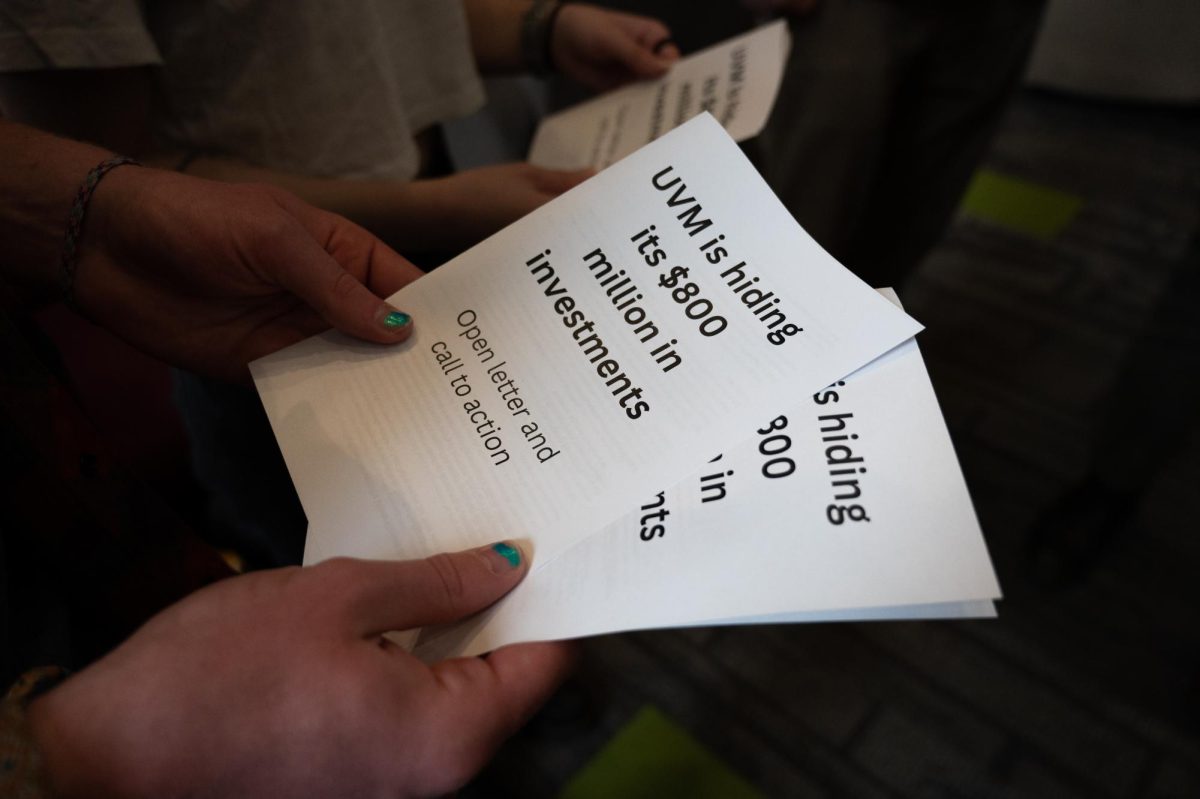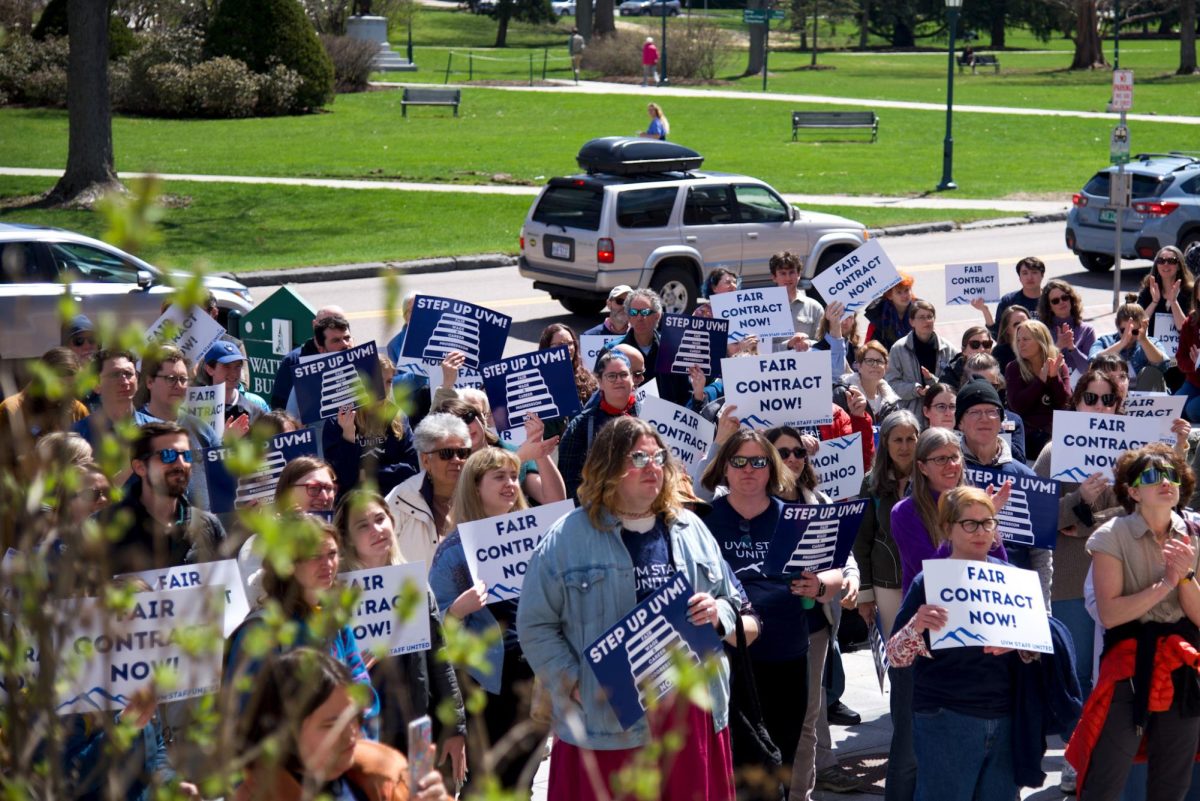During the Homecoming Weekend festivities at the University of Vermont, President Dan Fogel made his historic announcement that his fund raising campaign for UVM had reached $115 million. The shock value of such a large number was enormous but after that wore off, many wondered how Fogel could possibly acquire such a grand amount of money with such relative anonymity. More than often a capital campaign, like the one Fogel is spearheading, is not nearly as successful at a state institution such as UVM where the state population of Vermont is just over 600,000. But the answer lies within the generous donations of the alumni who once walked the green and relaxed in the North Lounge as many of us do today. The Campaign for the University of Vermont is part of Fogel’s vision to help UVM become one of the preeminent institutions in the country. A large portion of the money that is being raised will go to student scholarships and will lower tuition costs overall, which by in large will raise the academic standard at the university. Fogel’s vision hopes to restore UVM to the “public ivy” tag that it so proudly held throughout the mid-80’s but was shed due to leadership changes, a hockey hazing scandal, and budget cuts, among other things.












